Intro
Discover 7 key Angular Cheilitis symptoms, including cracking, inflammation, and redness, to identify and treat this painful mouth condition, also known as perleche or cheilosis, and learn about its causes and remedies.
Angular cheilitis, also known as angular stomatitis, is a condition characterized by inflammation of the corners of the mouth. This condition can be painful and may interfere with daily activities such as eating, speaking, and even smiling. Understanding the symptoms of angular cheilitis is crucial for early diagnosis and treatment.
The symptoms of angular cheilitis can vary from person to person, but there are several common signs that individuals with this condition often experience. Recognizing these symptoms is the first step towards seeking medical attention and finding relief from the discomfort caused by angular cheilitis.
Angular cheilitis can be caused by a variety of factors, including nutritional deficiencies, dry mouth, and infections. The condition can also be a sign of an underlying health issue, making it essential to consult a healthcare professional for proper diagnosis and treatment.
Introduction to Angular Cheilitis
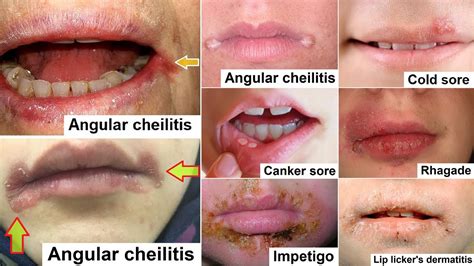
Angular cheilitis is a relatively common condition that affects people of all ages, although it is more prevalent among older adults and individuals with certain medical conditions. The symptoms of angular cheilitis can be mild or severe, depending on the underlying cause and the individual's overall health.
Causes of Angular Cheilitis
The causes of angular cheilitis can be broadly categorized into infectious and non-infectious factors. Infectious causes include fungal and bacterial infections, while non-infectious causes include nutritional deficiencies, dry mouth, and certain medications.Common Symptoms of Angular Cheilitis
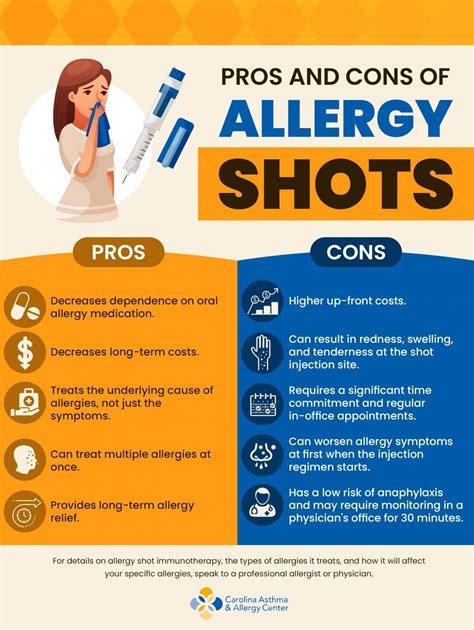
Some of the most common symptoms of angular cheilitis include:
- Redness and inflammation of the corners of the mouth
- Cracks or fissures in the skin
- Pain or tenderness when opening the mouth or speaking
- Difficulty eating or swallowing
- Dryness or flakiness of the skin
- Presence of pus or discharge
Treatment Options for Angular Cheilitis
Treatment for angular cheilitis depends on the underlying cause and may involve topical or oral medications, dietary changes, and good oral hygiene practices.Diagnosing Angular Cheilitis

Diagnosing angular cheilitis typically involves a physical examination and a review of the individual's medical history. In some cases, additional tests such as blood tests or swab samples may be necessary to determine the underlying cause of the condition.
Preventing Angular Cheilitis
Preventing angular cheilitis involves maintaining good oral hygiene, eating a balanced diet, and avoiding factors that can contribute to the development of the condition.Complications of Angular Cheilitis
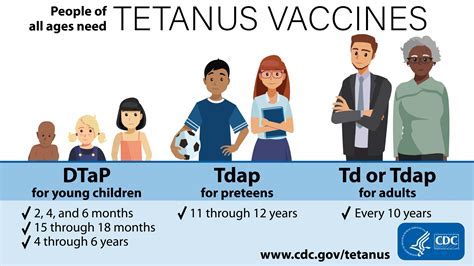
If left untreated, angular cheilitis can lead to complications such as:
- Infection of the surrounding skin or tissues
- Scarring or permanent damage to the corners of the mouth
- Difficulty speaking or eating
- Emotional distress or anxiety
Managing Angular Cheilitis
Managing angular cheilitis involves a combination of medical treatment, lifestyle changes, and self-care practices.Angular Cheilitis in Different Age Groups
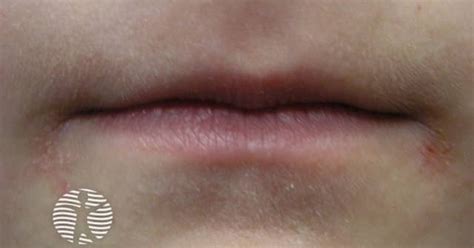
Angular cheilitis can affect people of all ages, although the symptoms and treatment may vary depending on the individual's age and overall health.
Angular Cheilitis in Children
In children, angular cheilitis is often caused by infectious factors such as thrush or bacterial infections.Angular Cheilitis and Nutrition

A balanced diet that includes essential nutrients such as iron, vitamin B12, and folate can help prevent or manage angular cheilitis.
Angular Cheilitis and Oral Health
Good oral hygiene practices such as brushing and flossing regularly can help prevent angular cheilitis.Angular Cheilitis and Systemic Diseases
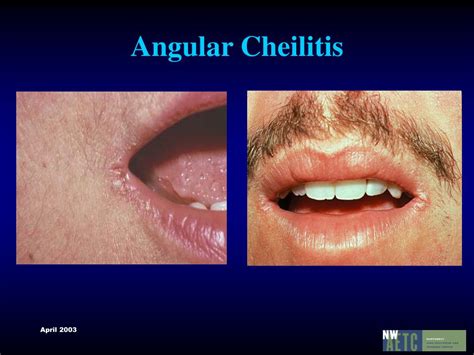
In some cases, angular cheilitis can be a sign of an underlying systemic disease such as diabetes, anemia, or autoimmune disorders.
Angular Cheilitis and Mental Health
The emotional distress caused by angular cheilitis can have a significant impact on an individual's mental health and quality of life.Conclusion and Final Thoughts
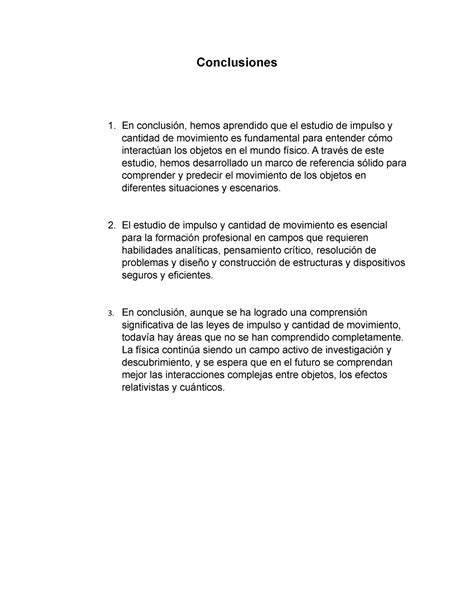
In conclusion, angular cheilitis is a condition that can have a significant impact on an individual's quality of life. Understanding the symptoms, causes, and treatment options for angular cheilitis is essential for managing the condition and preventing complications.
We invite you to share your experiences or ask questions about angular cheilitis in the comments section below. Your feedback and engagement can help others who may be struggling with this condition.
What are the common causes of angular cheilitis?
+The common causes of angular cheilitis include infectious factors such as fungal and bacterial infections, as well as non-infectious factors such as nutritional deficiencies and dry mouth.
How is angular cheilitis diagnosed?
+Diagnosing angular cheilitis typically involves a physical examination and a review of the individual's medical history. In some cases, additional tests such as blood tests or swab samples may be necessary to determine the underlying cause of the condition.
What are the treatment options for angular cheilitis?
+Treatment for angular cheilitis depends on the underlying cause and may involve topical or oral medications, dietary changes, and good oral hygiene practices.
Can angular cheilitis be prevented?
+Yes, angular cheilitis can be prevented by maintaining good oral hygiene, eating a balanced diet, and avoiding factors that can contribute to the development of the condition.
What are the complications of angular cheilitis if left untreated?
+If left untreated, angular cheilitis can lead to complications such as infection of the surrounding skin or tissues, scarring or permanent damage to the corners of the mouth, and emotional distress or anxiety.
